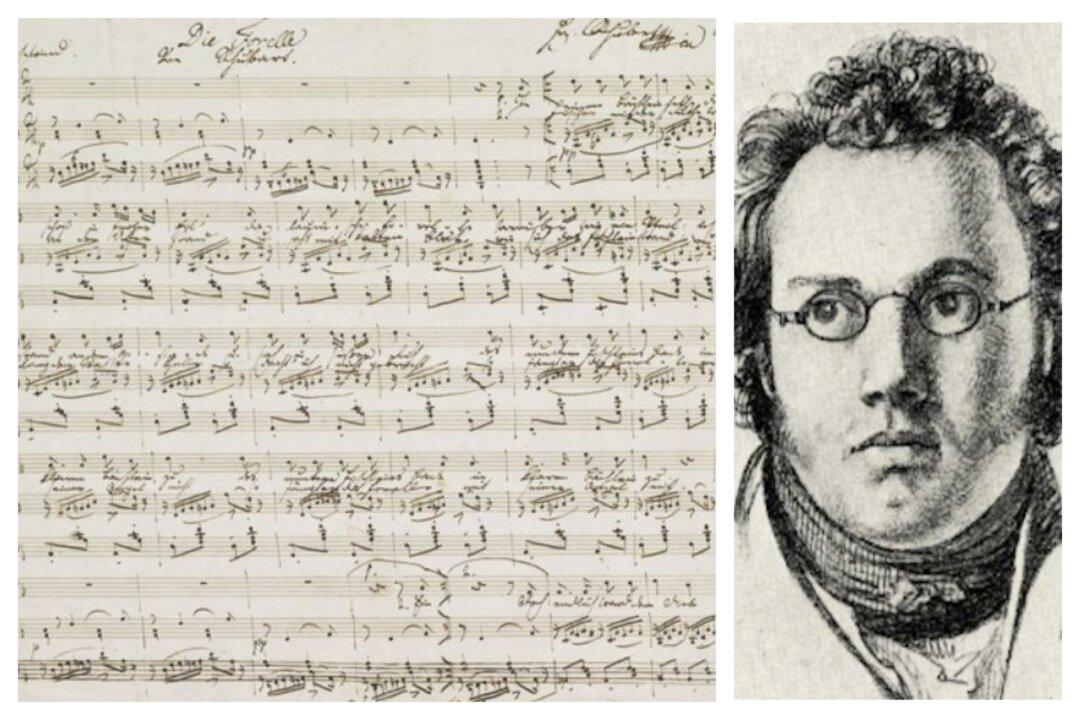In “Marry Me,” a 2022 romantic comedy starring Jennifer Lopez and Owen Wilson, a mega pop star has a relationship with a random fan who holds up a “Marry Me” sign at one of her concerts. The movie was promoted as a vehicle for Lopez’s songs and those of Maluma, a Colombian pop star who appears in the film as her erstwhile superstar fiancé, Bastian.
At a critical point in the plot, Charlie Gilbert (Wilson’s character) confesses that he likes musicals (he’s a “nerd,” so of course) and that his favorite song is from “Camelot”: “If Ever I Would Leave You,” with a lyric in which the singer proclaims he could never leave his love in any season—springtime, summer, winter, or fall.






